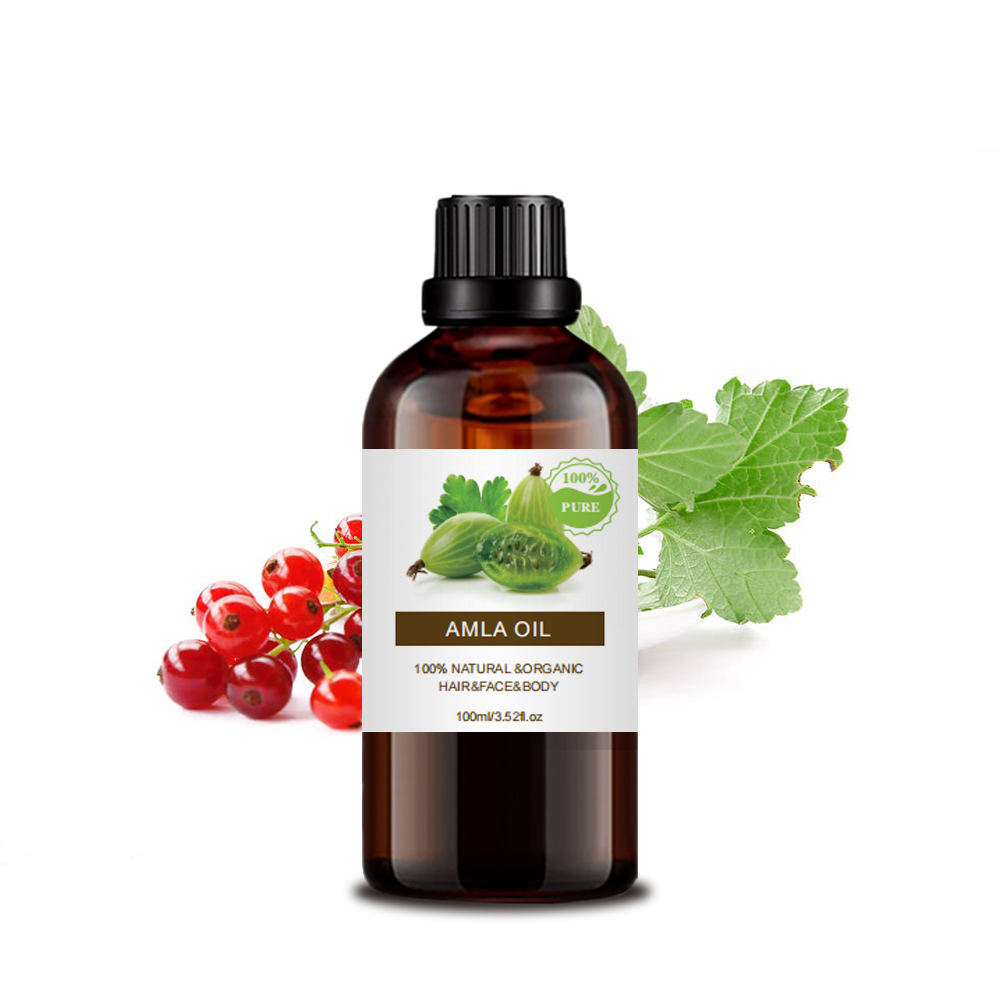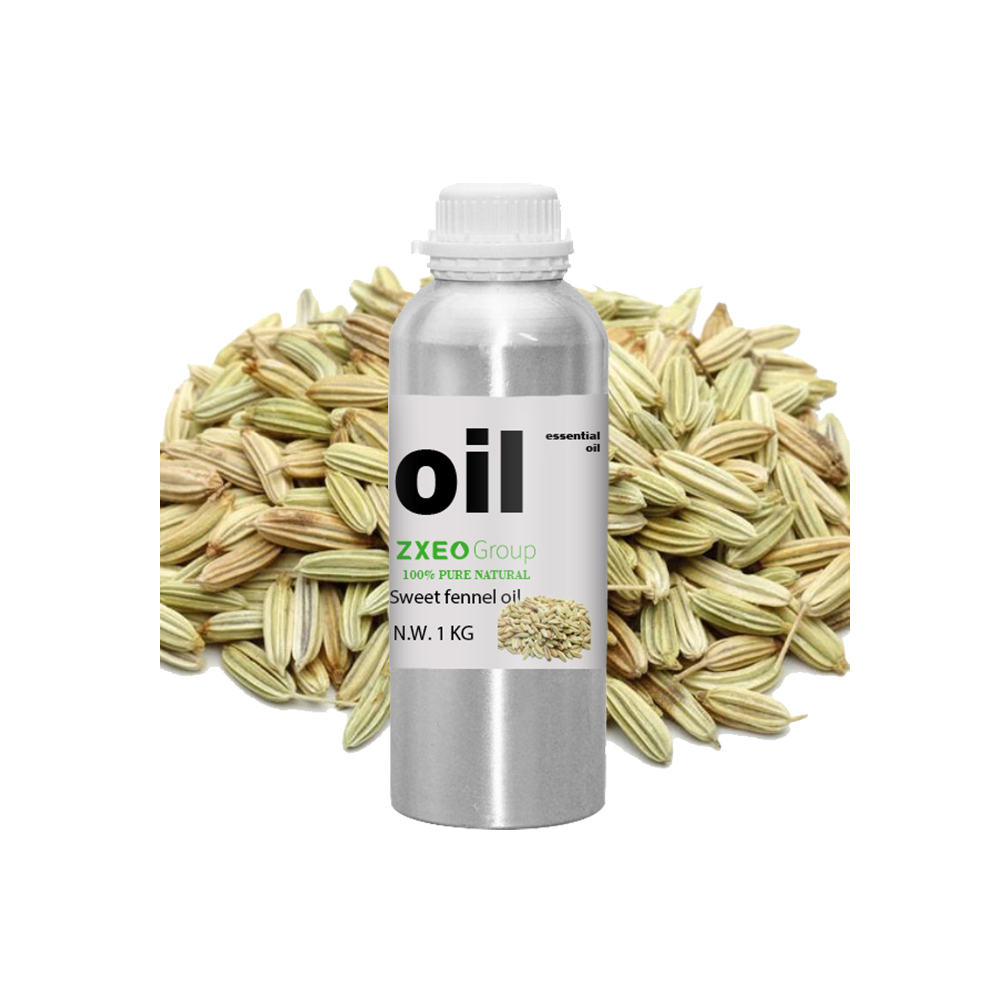OEM Custom Package Natural Macrocephalae Rhizoma oil
Ethnopharmacological relevance
Traditional Chinese medicine (TCM) holds that deficiency of spleen-Qi is the major pathogenesis of chemotherapy-induced diarrhea (CID). Herb pair of Atractylodes macrocephala Koidz. (AM) and Panax ginseng C. A. Mey. (PG) has good effects of supplementing Qi and strengthening spleen.
Aim of the study
To investigate therapeutic effects and mechanism of Atractylodes macrocephala essential oil (AMO) and Panax ginseng total saponins (PGS) alone and in combination (AP) on 5-fluorouracil (5-FU) chemotherapy induced diarrhea in mice.
Materials and methods
The mice were administered with AMO, PGS and AP respectively for 11 days, and intraperitoneally injected with 5-FU for 6 days since the 3rd day of the experiment. During the experiment, the body weights and diarrhea scores of mice were recorded daily. Thymus and spleen indexes were calculated after sacrifice of the mice. Pathological changes in ileum and colonic tissues were examined by hematoxylin-eosin (HE) staining. And the content levels of intestinal inflammatory cytokines were measured by enzyme-linked immmunosorbent assays (ELISA). 16S rDNA Amplicon Sequencing was used to analyze and interpret the gut microbiota of fecal samples.
Results
AP significantly inhibited body weights loss, diarrhea, reductions of thymus and spleen indexes, and pathological changes of ileums and colons induced by 5-FU. Neither AMO nor PGS alone significantly improved above-mentioned abnormalities. Besides, AP could significantly suppressed the 5-FU-mediated increases of the intestinal inflammatory cytokines (TNF-α, IFN-γ, IL-6, IL-1β and IL-17), while AMO or PGS only inhibited some of them after 5-FU chemotherapy. Gut microbiota analysis indicated that 5-FU induced overall structural changes of gut microbiota were reversed after AP treatment. Additionally, AP significantly modulated the abundances of different phyla similar to normal values, and restored the ratios of Firmicutes/Bacteroidetes (F/B). At genus level, AP treatment dramatically decreased potential pathogens like Bacteroides, Ruminococcus, Anaerotruncus and Desulfovibrio. AP also antagonized the abnormal effects of AMO and PGS alone on certain genera like Blautia, Parabacteroides and Lactobacillus. Neither AMO nor PGS alone inhibited changes of gut microbial structure caused by 5-FU.











